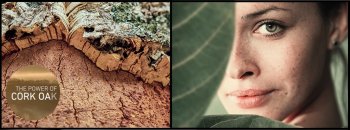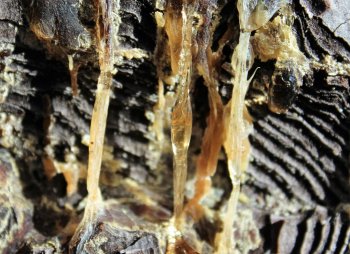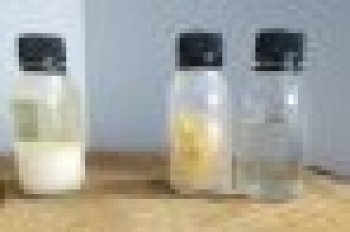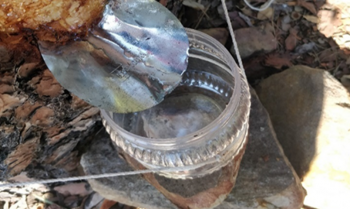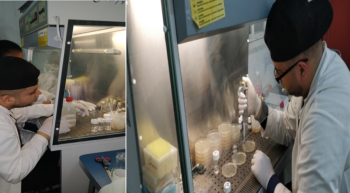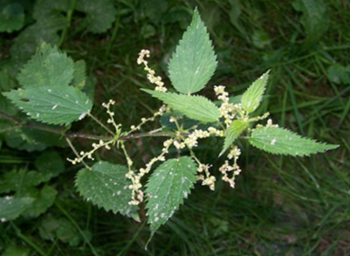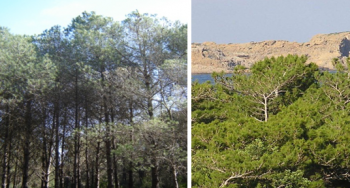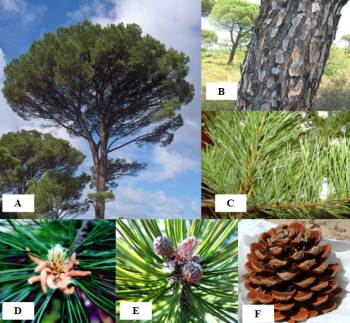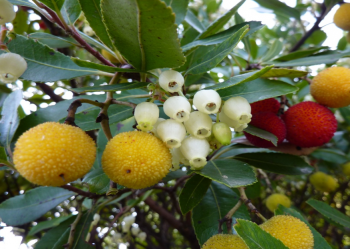Valorization of a co-product from the manufacture of cork stoppers: creation, production and marketing of an innovative, patented and objectified cosmetic active ingredient.
To find a valorization of a co-product resulting from the treatment of the cork stoppers carried out by the company DIAM BOUCHAGE. The partnership between DIAM BOUCHAGE and OLEOS-HALLSTAR has made it possible to evaluate the cosmetic potential of this co-product in the form of a wax containing bioactive cork compounds. The industrial development led to the filing of a European application patent in 2014. The ingredient named DIAM Oléoactif® is a natural concentrate of anti-inflammatory compounds adapted to the care of sensitive and reactive skin.

